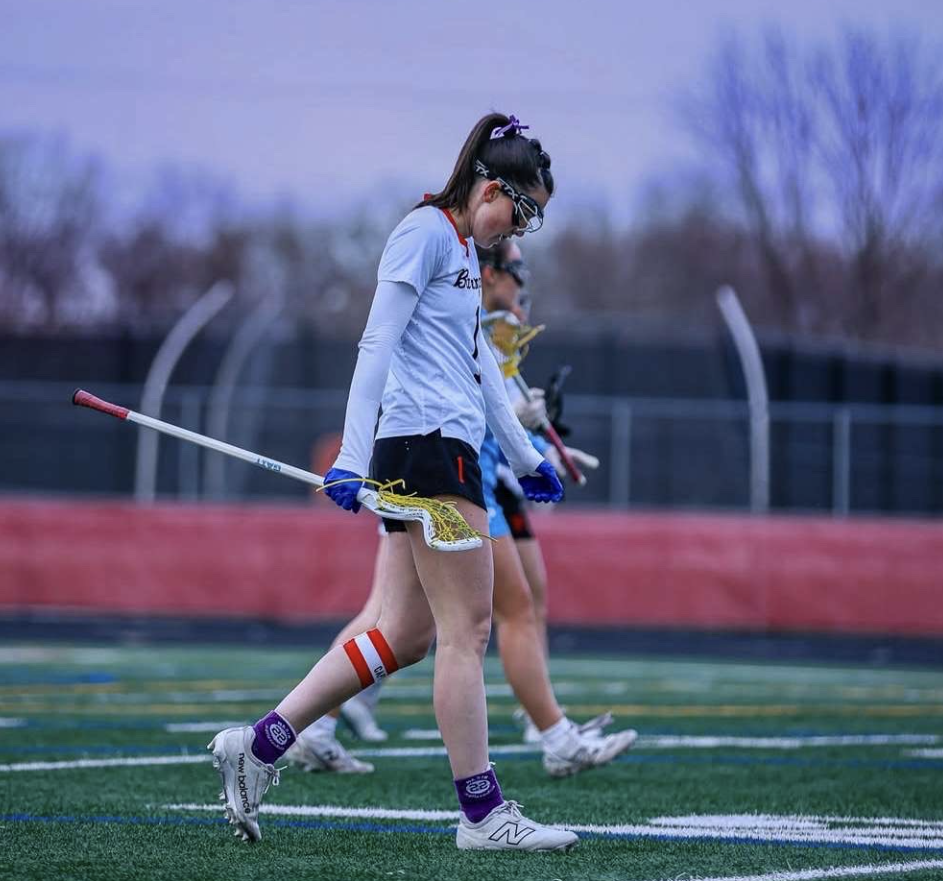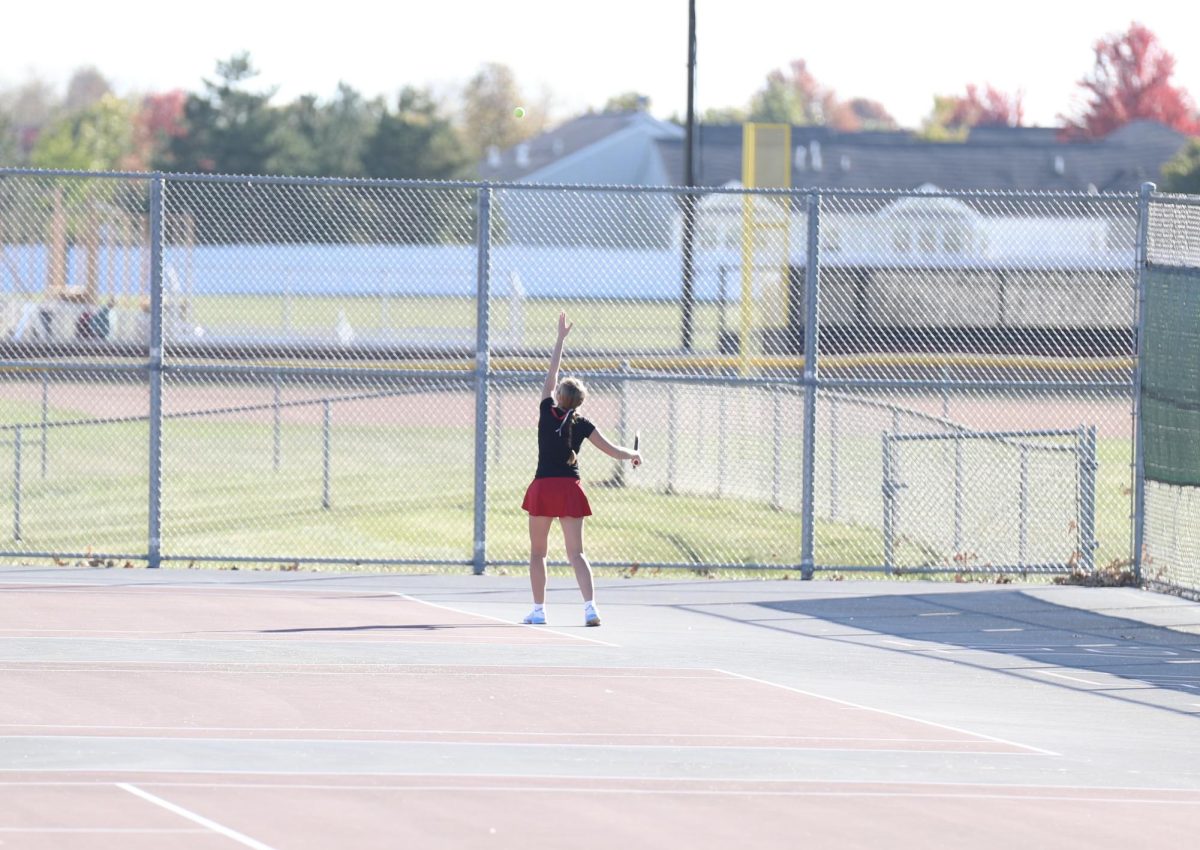Attacking allergies
When students are young, teachers often inform them when a fellow student in the class is highly allergic to a certain food. But they were never taught what to do when someone goes into anaphylaxis shock, a severe or life threatening allergic reaction, or how they can look out for their friends.
The amount of Americans who have food allergies are one in 10 adults and one in 13 children. A sophomore student who prefers to be unidentified found out she had allergies after having an allergic reaction from eating peanuts when she was a toddler. She learned to carefully read the labels of everything she eats to prevent her from having an allergic reaction.
“My allergies have impacted my life by skewing my relationship with food. I always felt that people were paying attention to me when I ate something different than everyone else,” she said. “This resulted in a distorted image of food and I always felt uncomfortable eating with others.”
According to Food Allergy Research and Education, roughly two students in every classroom are allergic to something and every three minutes a food allergy reaction sends someone to the emergency room.
Kathie McCroary, one of the school nurses, has experience dealing with a variety of allergies and advises students to have “an allergy action plan to be on file.” She hopes that students are aware of their allergies and will know what to do in case of an emergency.
“Reading labels and looking at labels if you know your friend has an allergy. Knowing how to use an EpiPen or device, some of them even have the instructions labeled on the product so you can use it,” McCroary said.
English teacher Amy Lovi is no stranger when it comes to allergies. Her 6-year-old son is allergic to nuts, eggs and dogs. Learning from a young age her son would not have a normal diet, Lovi spent “dozens if not hundreds of hours in grocery aisles reading labels” and changing her diet to fit his. Her son has made her more aware of others, including her own students, who could be dealing with the same problem.
“I’ve become much more sensitive to the needs of those around me. For example, at the high school I won’t eat anything with peanuts in it during the day,” Lovi said. “I know you guys are old enough to manage your own allergies, but I just feel uncomfortable doing it because who knows how sensitive somebody is? I pay more attention to snacks that the kids bring into my class.”
Your donation will support the student journalists at Barrington High School! Your contribution will allow us to produce our publication and cover our annual website hosting costs.































































